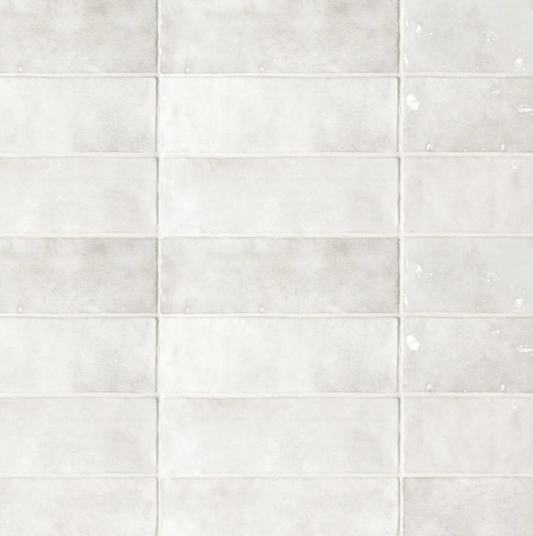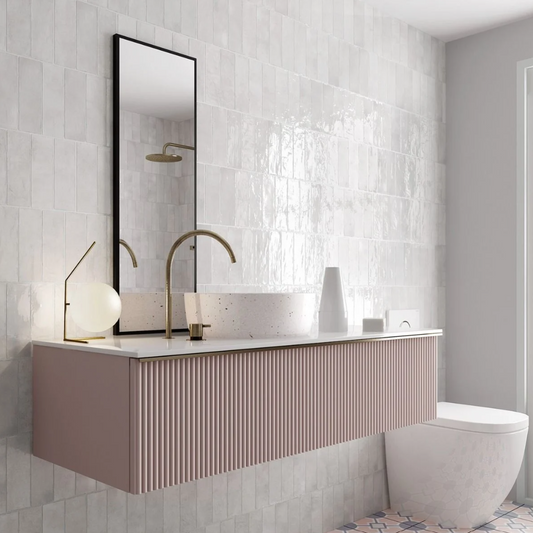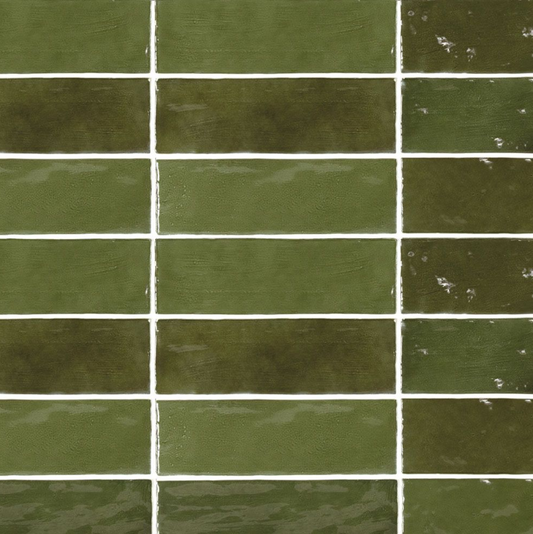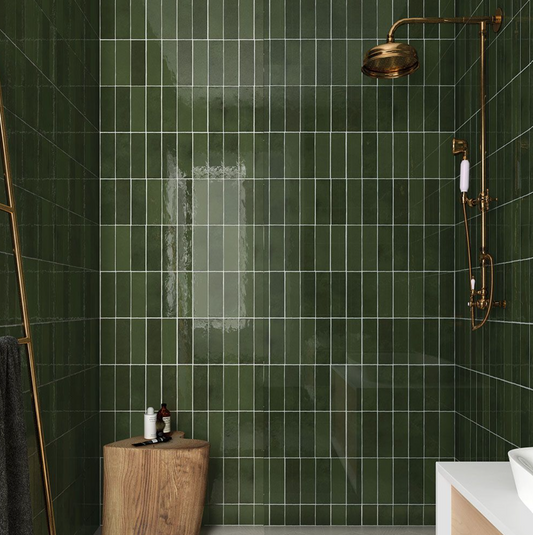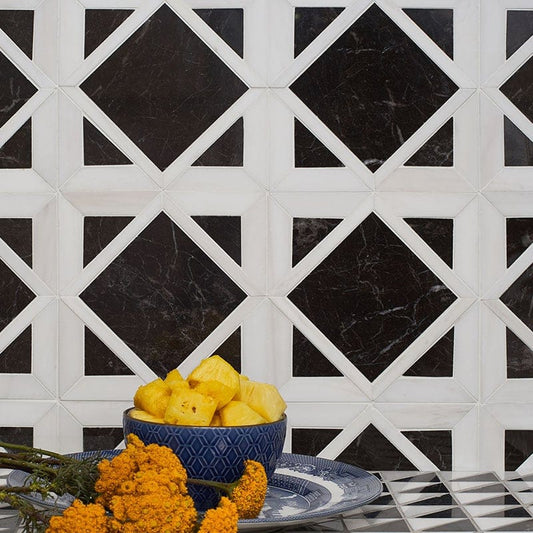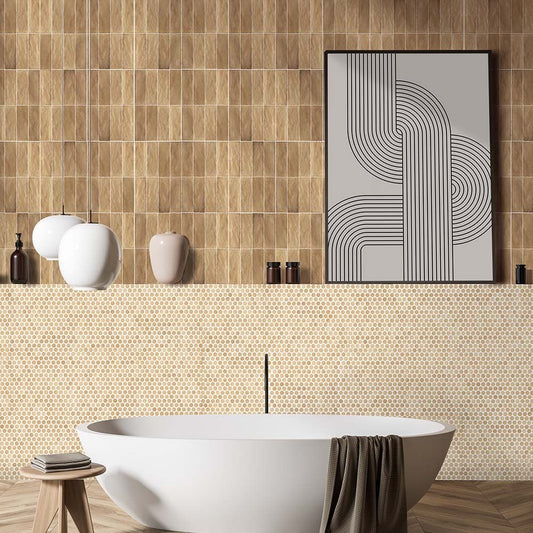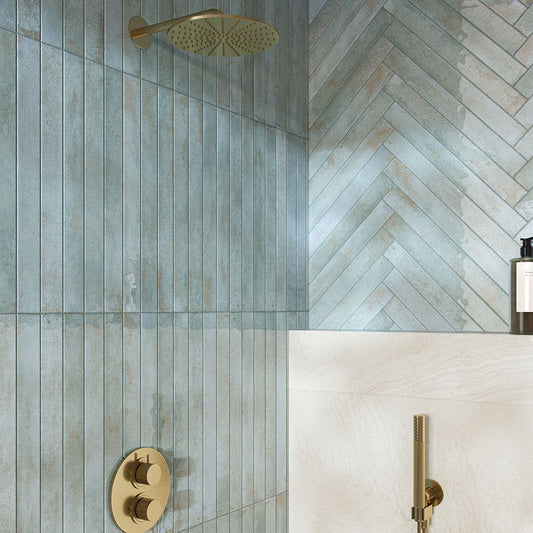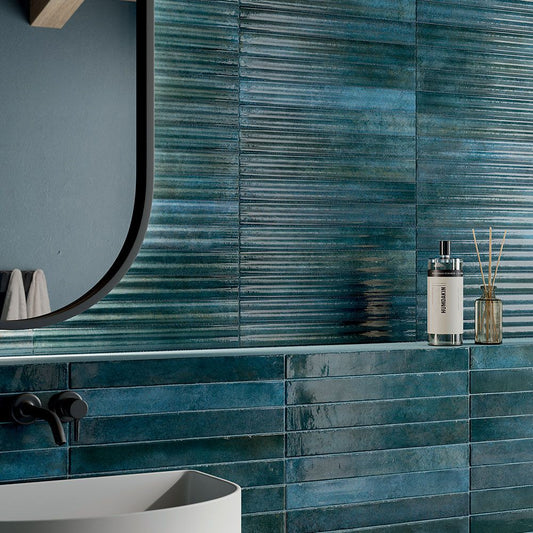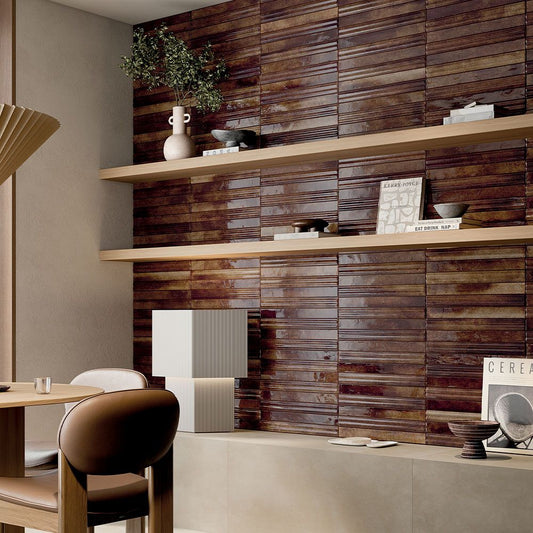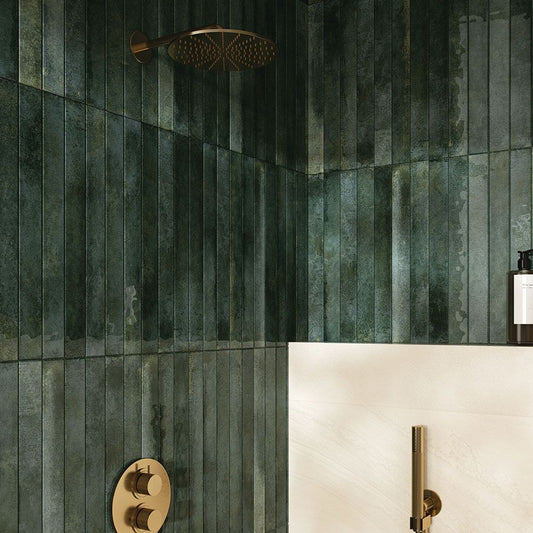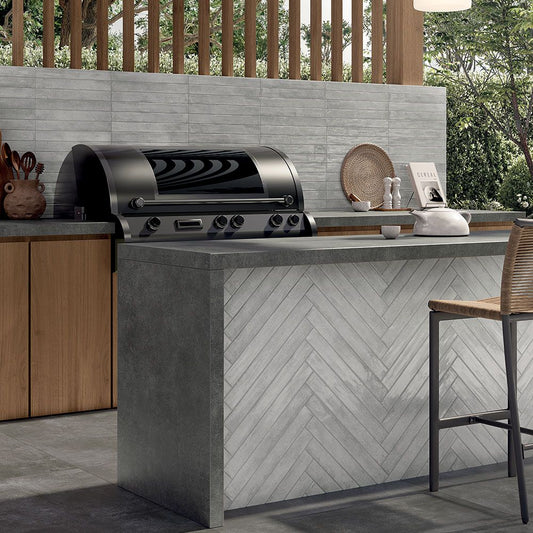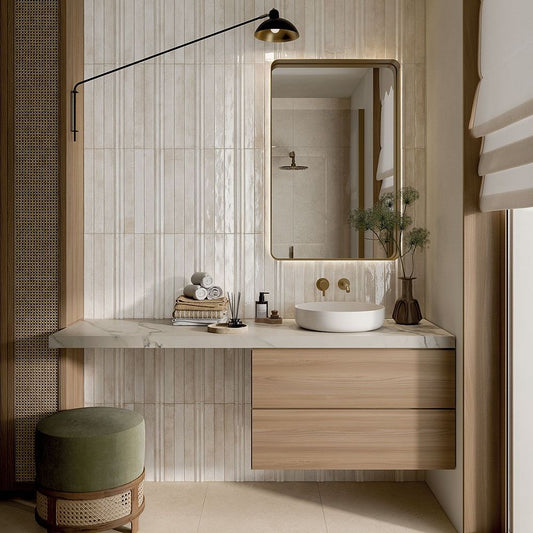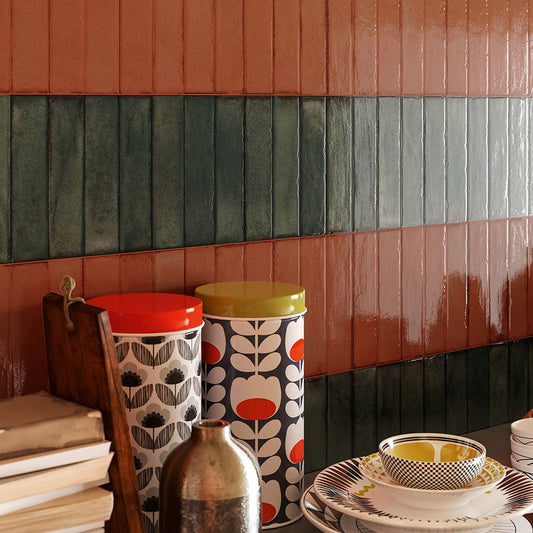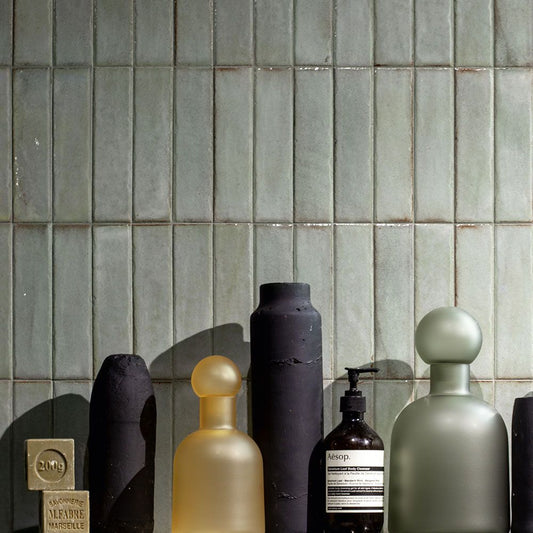-
Ceramic Tile Zellige Gris Nuage Glossy 2.5"x8"
Regular price $42.99 USDRegular priceUnit price / per -
Ceramic Tile Zellige Botanical Green Glossy 2.5"x8"
Regular price $42.99 USDRegular priceUnit price / per -
White Carrara, Black Multi Finish Constantine Marble Mosaic
Regular price $120.00 USDRegular priceUnit price / per$45.00 USDSale price $120.00 USD -
Snow White, Black Multi Finish Kent Marble Mosaic
Regular price $49.99 USDRegular priceUnit price / per$45.00 USDSale price $49.99 USD -
Ember Pennyround Terracotta
Regular price $15.99 USDRegular priceUnit price / per -
Porcelain Subway Tile Stratto Turquoise Glossy 2"x18"
Regular price $74.23 USDRegular priceUnit price / per -
Porcelain Subway Tile Stratto Petrol Glossy 2"x18"
Regular price $74.23 USDRegular priceUnit price / per -
Porcelain Subway Tile Stratto Chocolate Glossy 2"x18"
Regular price $74.23 USDRegular priceUnit price / per -
Porcelain Subway Tile Stratto Dark Green Glossy 2"x18"
Regular price $74.23 USDRegular priceUnit price / per -
Porcelain Subway Tile Stratto Light Grey Glossy 2"x18"
Regular price $74.23 USDRegular priceUnit price / per -
Porcelain Subway Tile Stratto Ivory Glossy 2"x18"
Regular price $74.23 USDRegular priceUnit price / per -
Porcelain Subway Tile Stratto Black Glossy 2"x18"
Regular price $74.23 USDRegular priceUnit price / per -
Porcelain Subway Tile Stratto White Glossy 2"x18"
Regular price $74.23 USDRegular priceUnit price / per -
Porcelain Subway Tile Botanical Sage Glossy 2"x8"
Regular price $47.26 USDRegular priceUnit price / per -
Porcelain Subway Tile Botanical Forest Glossy 2"x8"
Regular price $47.26 USDRegular priceUnit price / per -
Porcelain Subway Tile Botanical Breeze Glossy 2"x8"
Regular price $47.26 USDRegular priceUnit price / per
Collection: KITCHEN BACKSPLASH TILE
Designing a kitchen backsplash involves selecting tiles that not only protect your walls from splashes and stains but also enhance the overall aesthetic of your kitchen. Here are some popular options and considerations for kitchen backsplash tiles:
Types of Tiles
-
Ceramic Tiles:
- Advantages: Wide variety of colors, patterns, and textures. Easy to clean and maintain.
- Suitability: Suitable for most kitchen backsplashes due to durability and water resistance.
-
Porcelain Tiles:
- Advantages: Highly durable and resistant to water, stains, and heat. Available in a range of styles.
- Suitability: Ideal for kitchens where durability and ease of maintenance are priorities.
-
Glass Tiles:
- Advantages: Reflective surface adds depth and modern appeal. Available in a variety of colors and finishes.
- Suitability: Perfect for contemporary kitchens or as accent tiles. Easy to clean but may show fingerprints.
-
Subway Tiles:
- Advantages: Classic and timeless look. Available in ceramic, porcelain, glass, and even natural stone.
- Suitability: Versatile for various kitchen styles, from traditional to modern.
-
Natural Stone Tiles (e.g., marble, travertine, slate):
- Advantages: Unique variations in color and pattern. Adds a natural and elegant look to the kitchen.
- Suitability: Recommended for kitchens where a luxurious or rustic appearance is desired. Requires sealing.
-
Metal Tiles (e.g., stainless steel, copper):
- Advantages: Modern and industrial look. Resistant to heat and easy to clean.
- Suitability: Ideal for contemporary kitchens or as accent tiles in combination with other materials.
Design Considerations
- Color: Choose a color that complements your kitchen cabinets, countertops, and overall color scheme.
- Pattern: Consider different laying patterns such as straight, herringbone, or diagonal for added visual interest.
- Texture: Opt for textures that add depth to your backsplash, such as glossy, matte, or textured finishes.
Functional Requirements
- Ease of Cleaning: Select tiles that are easy to wipe clean from cooking splatters and grease.
- Durability: Ensure the tiles can withstand regular cleaning and occasional impacts without chipping or cracking.
- Heat Resistance: Especially important for tiles behind stovetops, choose materials that can handle heat.
Installation Tips
- Grout Selection: Choose grout that complements your tile color and consider using epoxy grout for easier maintenance.
- Sealing: Depending on the tile material, sealants may be required to protect against stains and moisture.
Eco-Friendly Options
- Recycled Materials: Look for tiles made from recycled glass or ceramics to reduce environmental impact.
- Low VOC: Choose tiles and adhesives with low volatile organic compound (VOC) emissions to improve indoor air quality.
Conclusion
Designing a kitchen backsplash involves balancing style with practical considerations. By selecting the right type, color, and pattern of tiles, you can create a beautiful and functional backsplash that complements your kitchen design and makes a lasting impression


